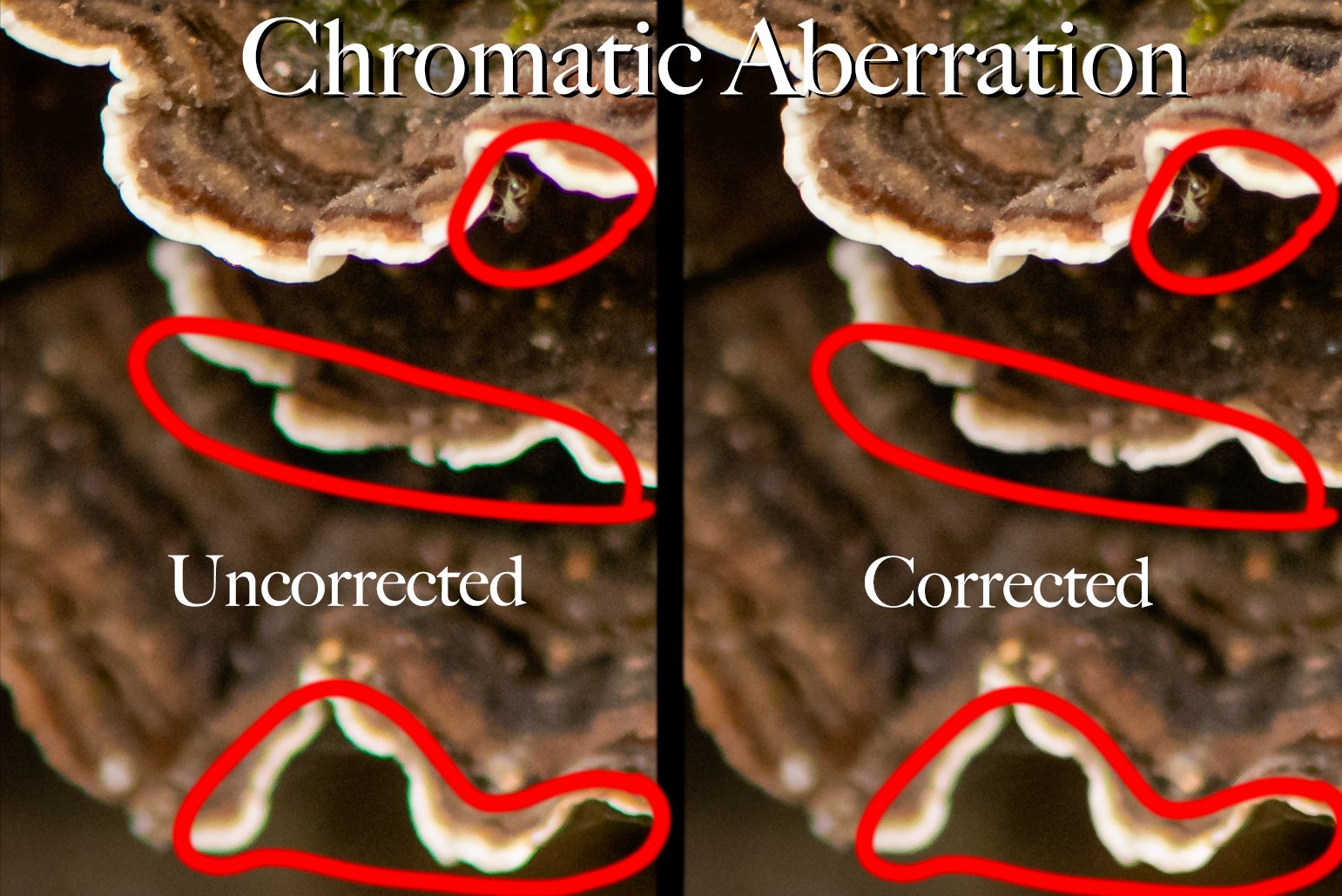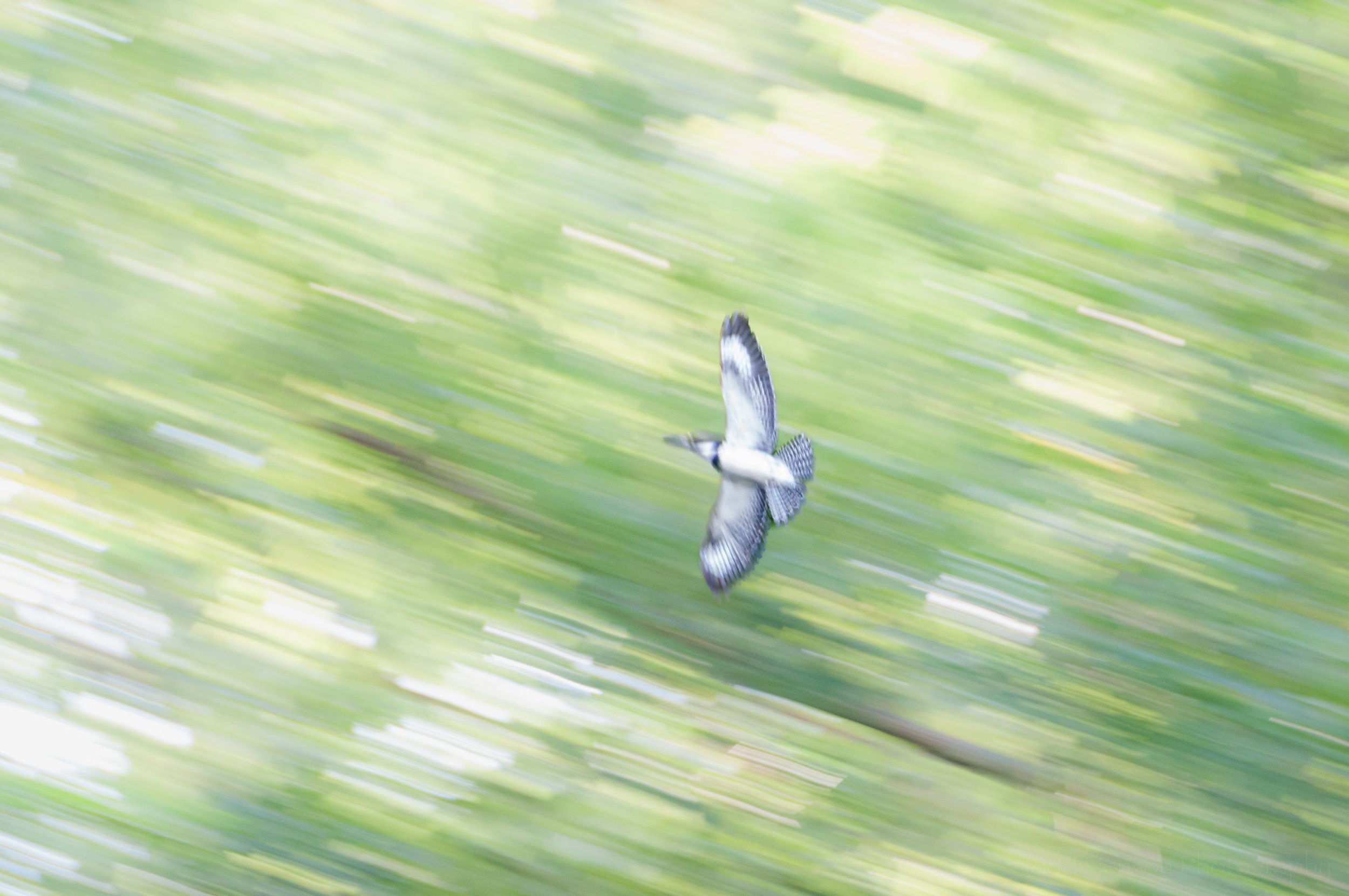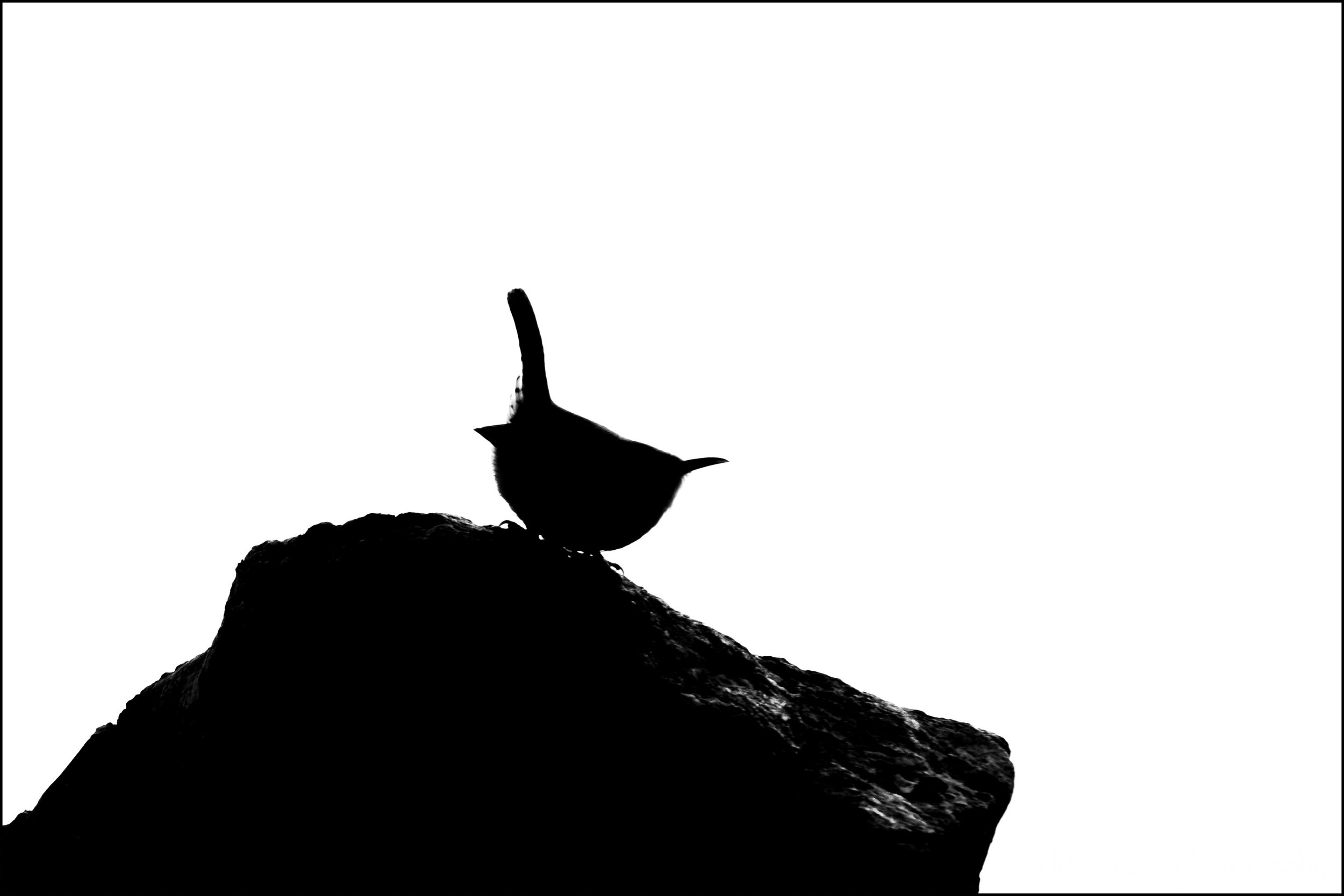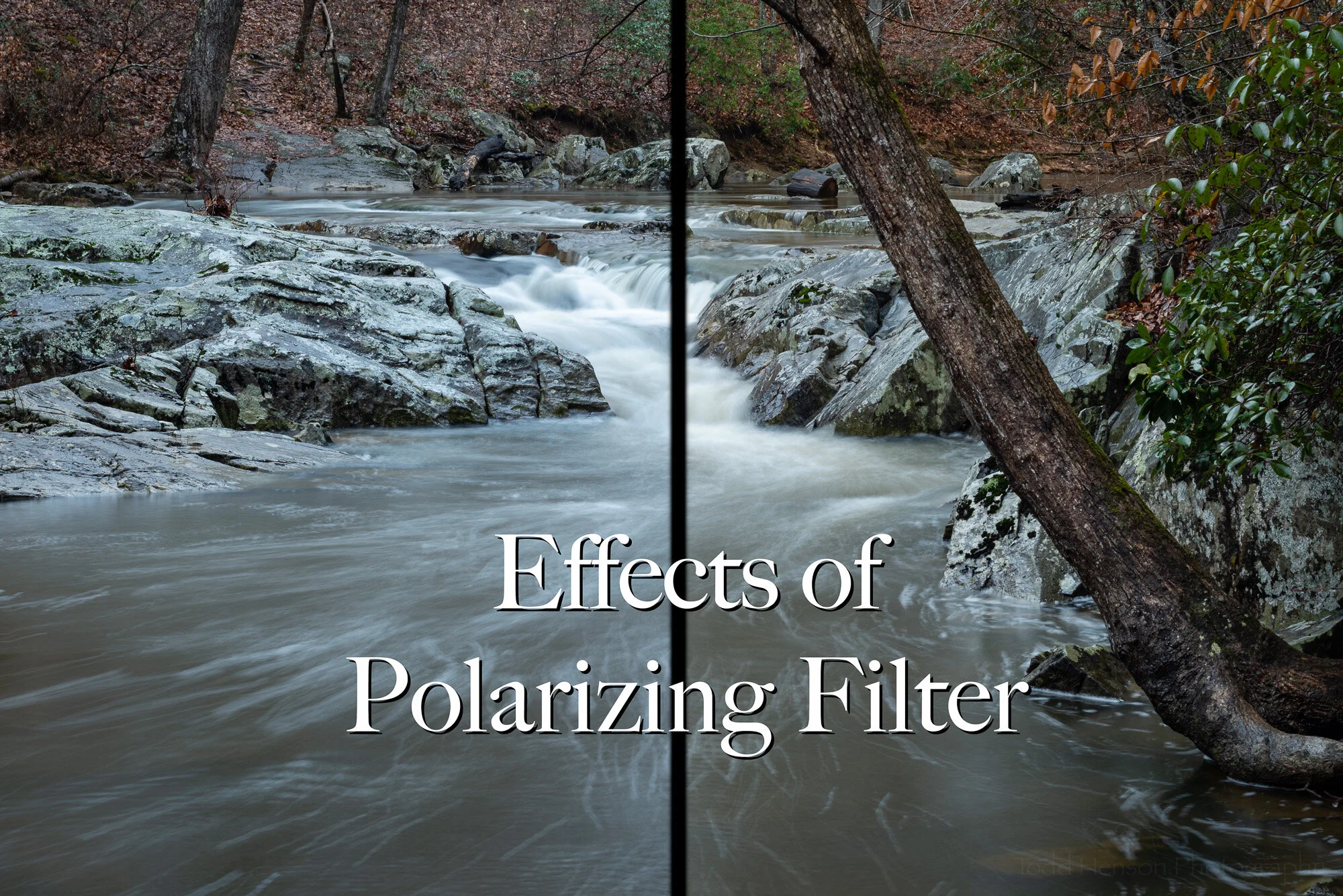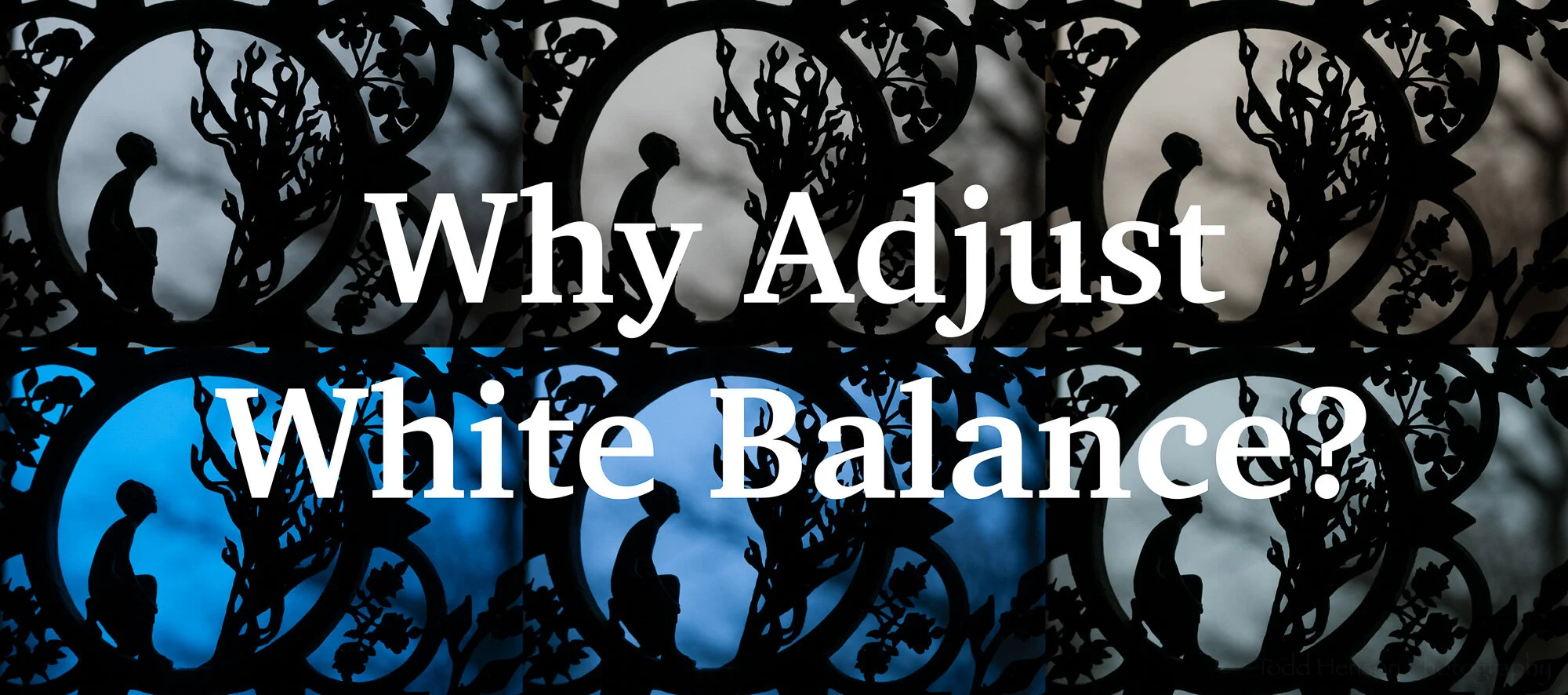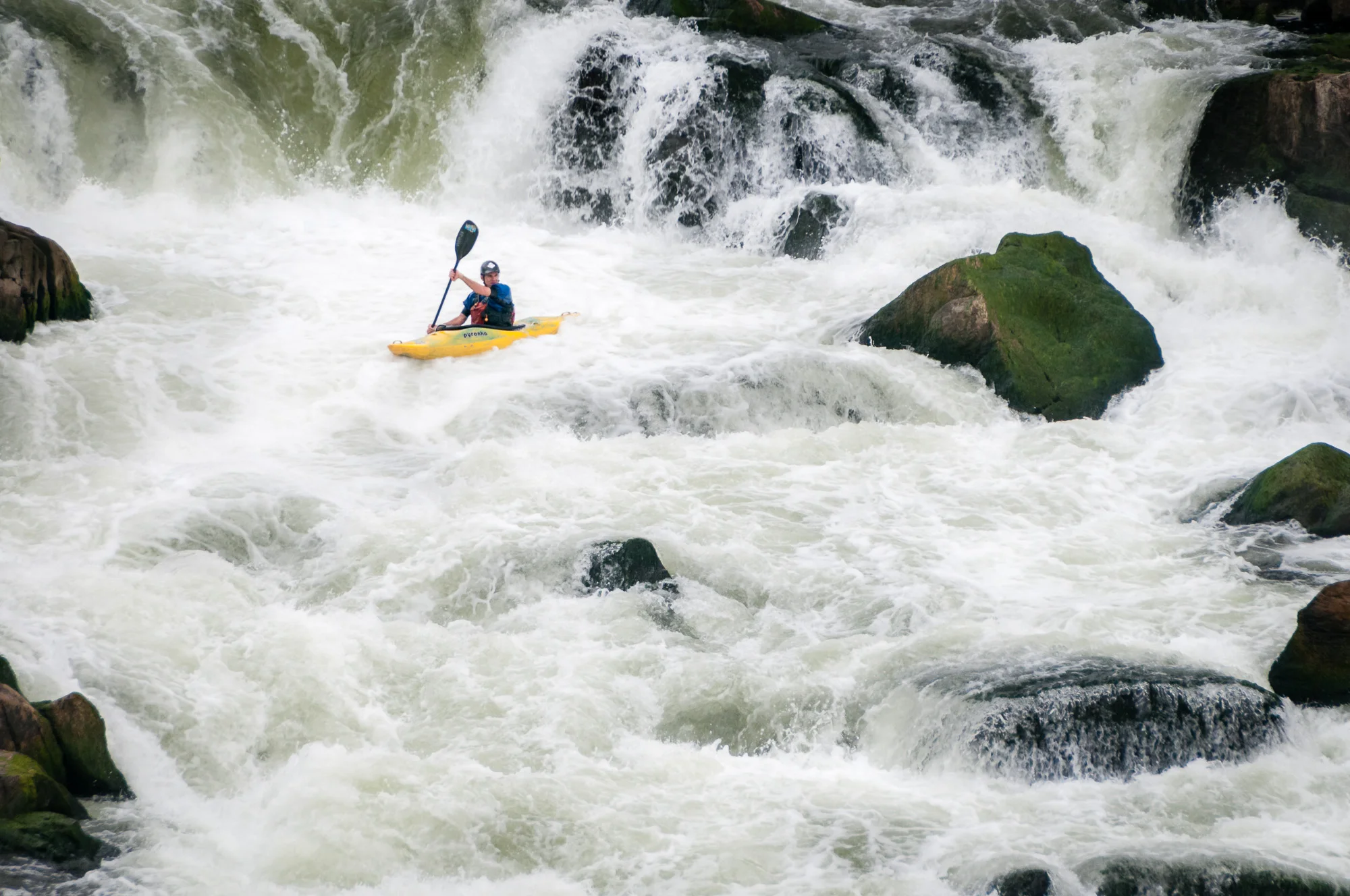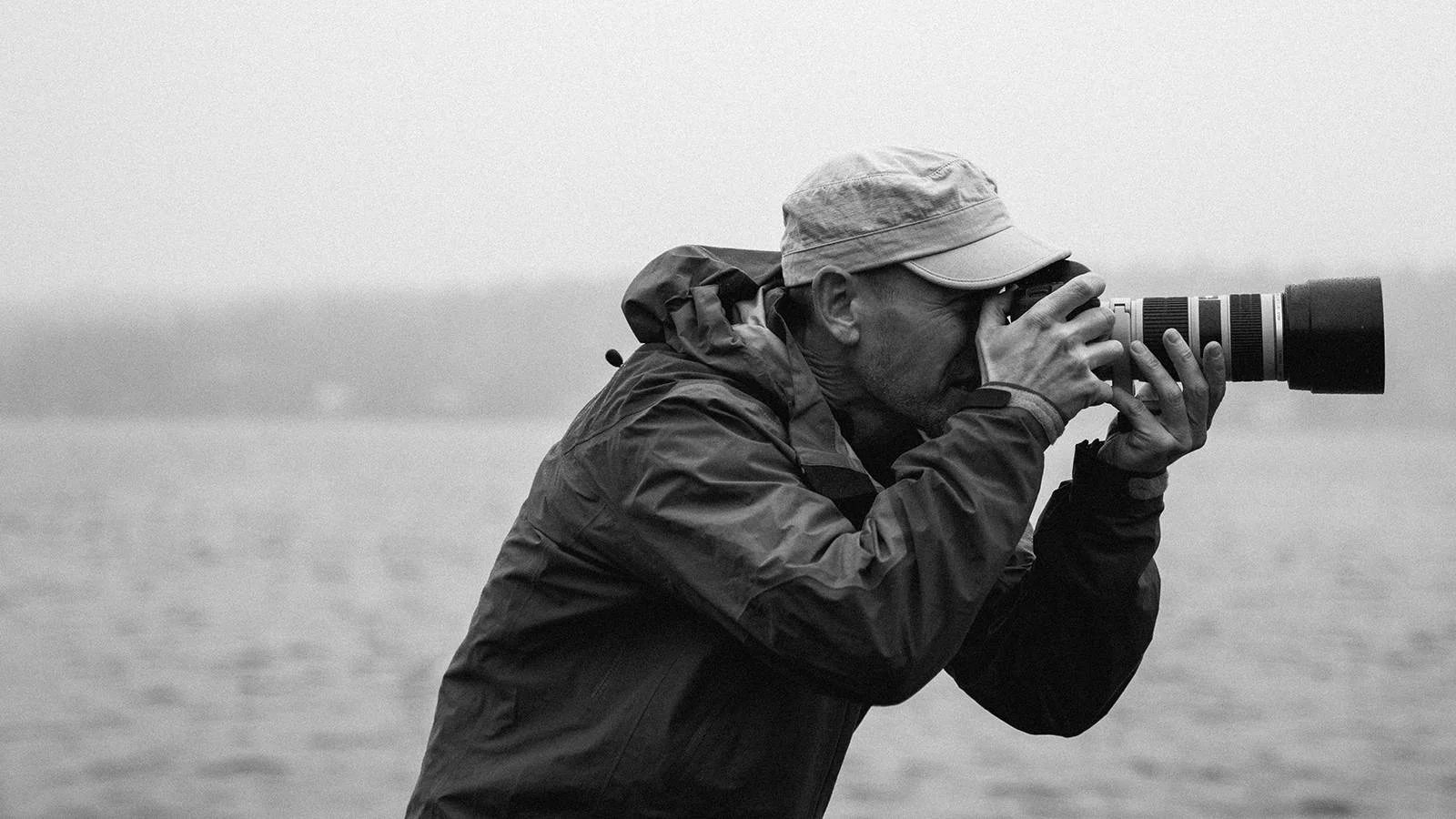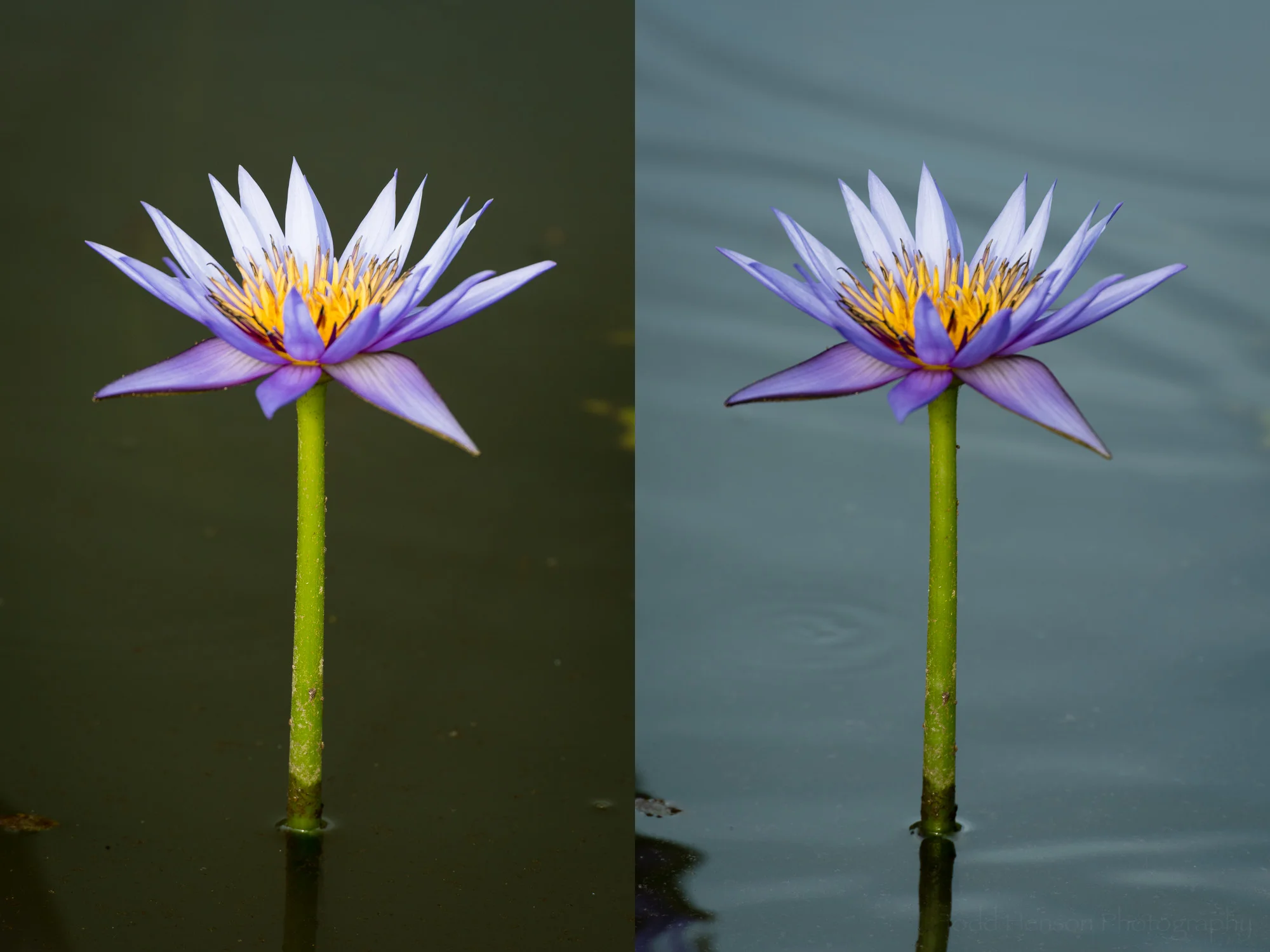An example of aperture and depth of field with cherry blossoms.
One of the early concepts we learn as photographers is the relationship between aperture and depth of field. Aperture is the opening in the lens (or camera) that light travels through to reach the sensor or film. And with most lens/camera combinations you can adjust the size of this opening both to create the exposure you desire and based on the depth of field you desire for the photo.
Aperture
The aperture opening is measured in f-stops. I don’t want to get into too much technical detail with this post, but f-stops are represented with values like this: f/1.4, f/2, f/2.8, f/4, f/5.6, f/8, etc. The smaller the number the larger the aperture opening. So f/1.4 has a much larger aperture opening that does f/22, meaning much more light can enter the camera. This affects exposure, but it also affects depth of field.
Depth of Field
The depth of field is the amount of the photo that is considered acceptably sharp, with everything outside the depth of field getting progressively less sharp or more blurry. When it comes to the relationship between aperture and depth of field, the larger the aperture opening (the smaller the f-stop value) the less depth of field, meaning less of the photo will be in focus. Conversely, the smaller the aperture opening (the larger the f-stop value) the more depth of field, meaning more of the photo will be in focus.
Cherry Blossom Examples
You can see an example of this in the photo at the top of the post and duplicated just below. The top portion of the photo has an aperture setting of f/3. You can see the background is very out of focus. The bottom portion has an aperture setting of f/16. You can see the background is still out of focus, but less so. Artistically, which do you prefer? There’s no right or wrong answer, just personal preference. And knowing how to adjust the aperture to give you the depth of field you want lets you be more creative with your photography.
The top half has an aperture opening of f/3 with shallower depth of field, the bottom half has an aperture opening of f/16 with more depth of field.
Click the images below to step through photos created with different aperture openings. Notice the differences in the look of the background, and even sometimes the foreground as the aperture opening gets larger, letting in more light but resulting in less depth of field.
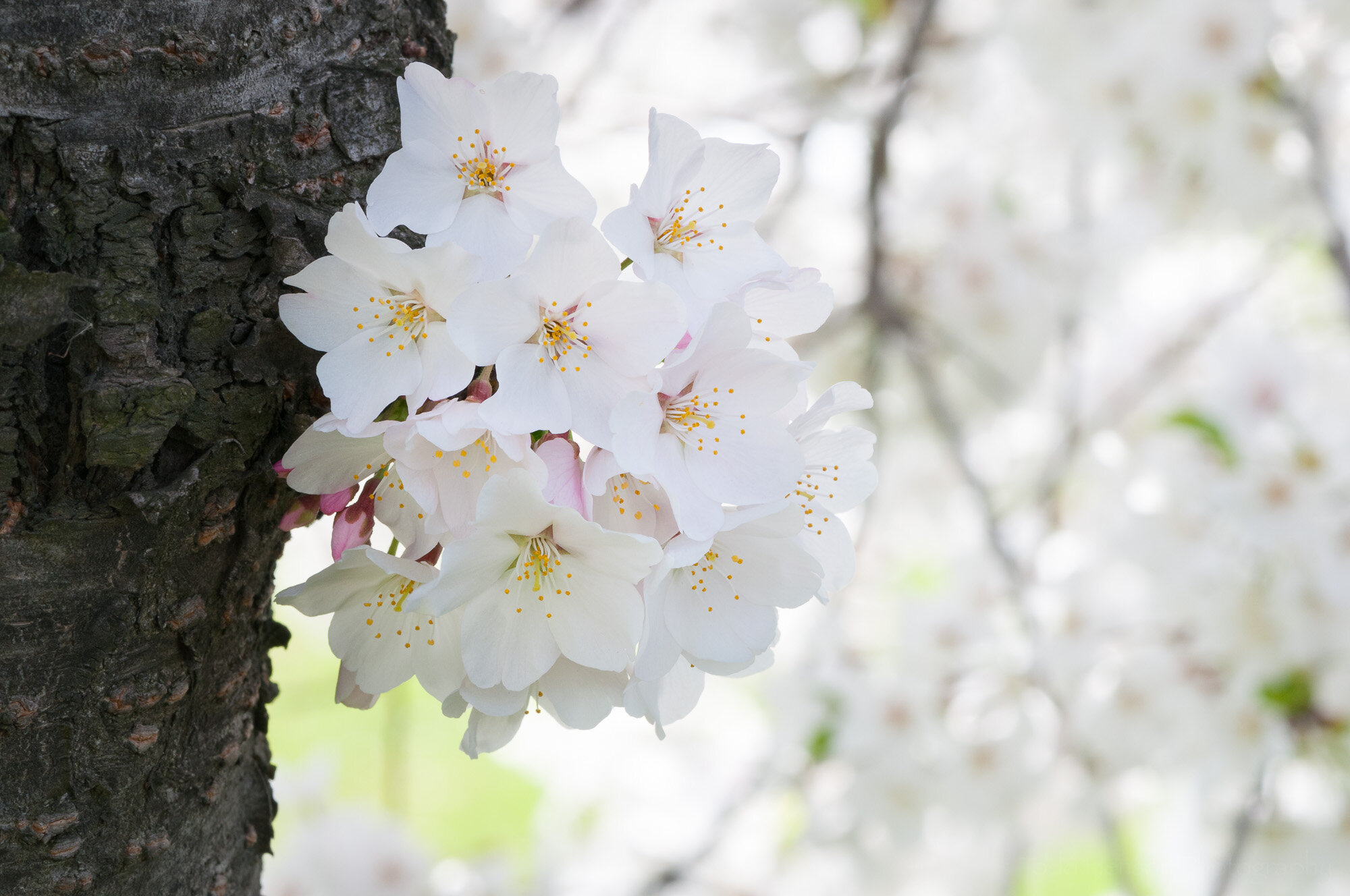
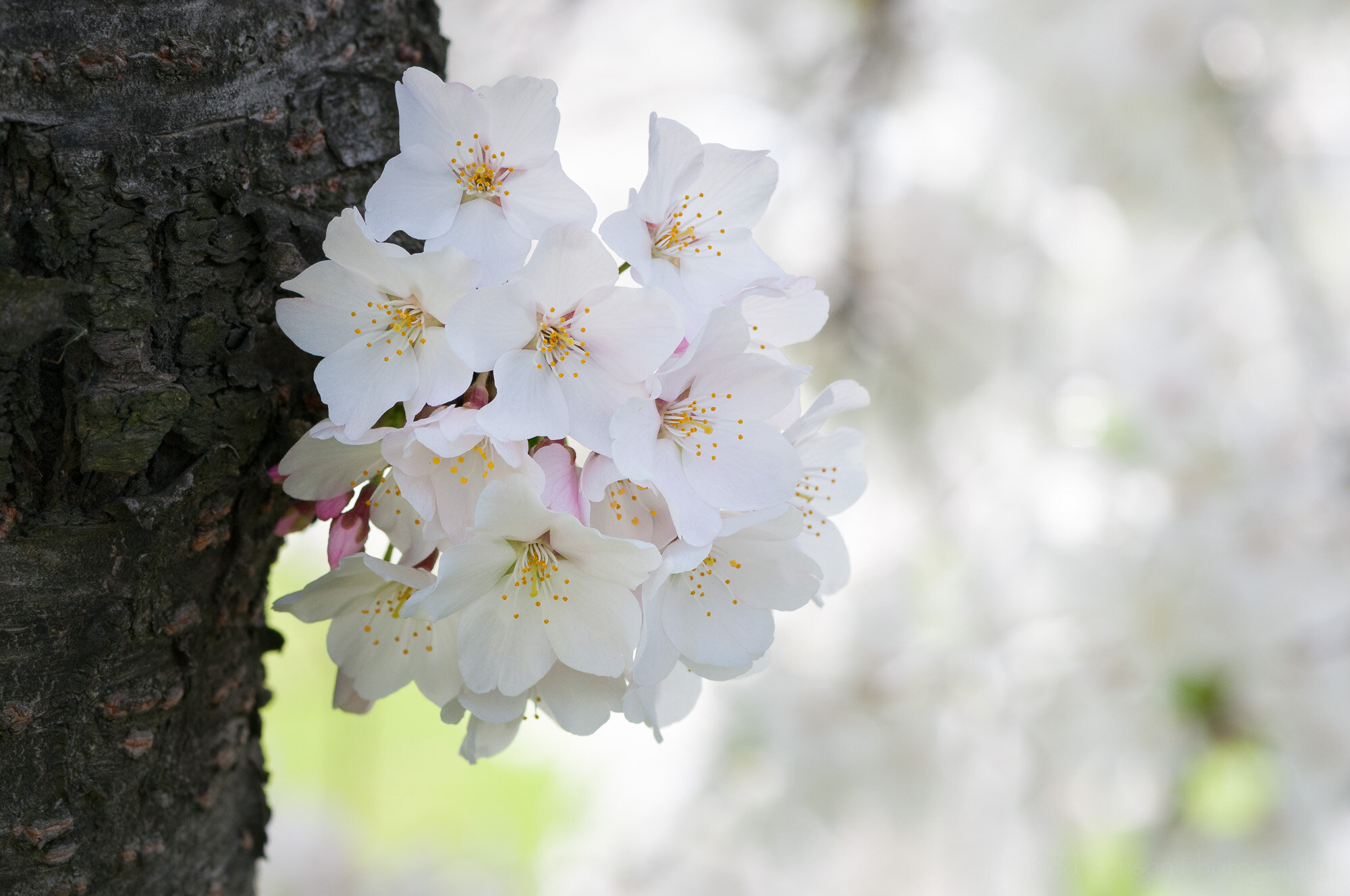
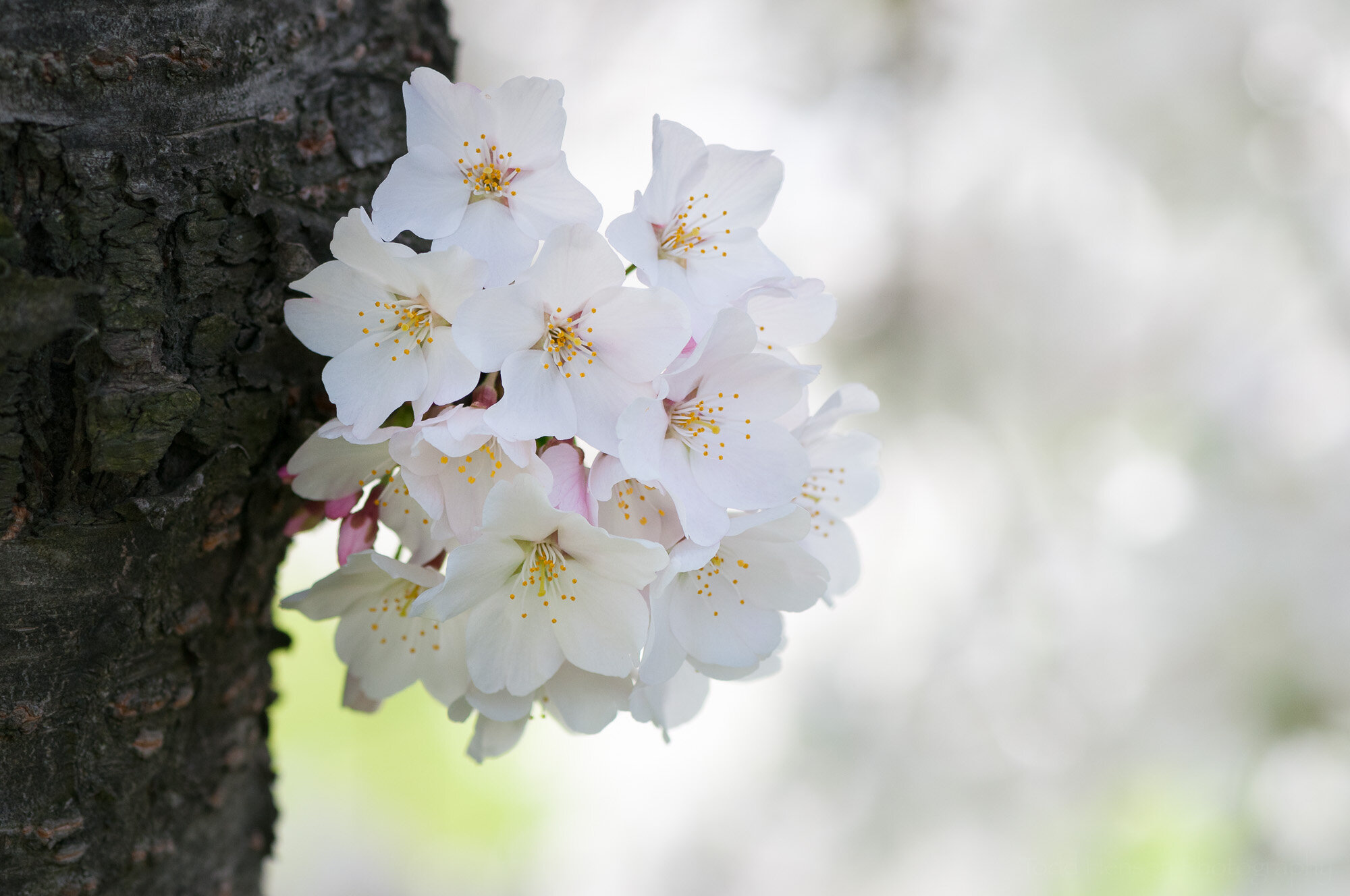
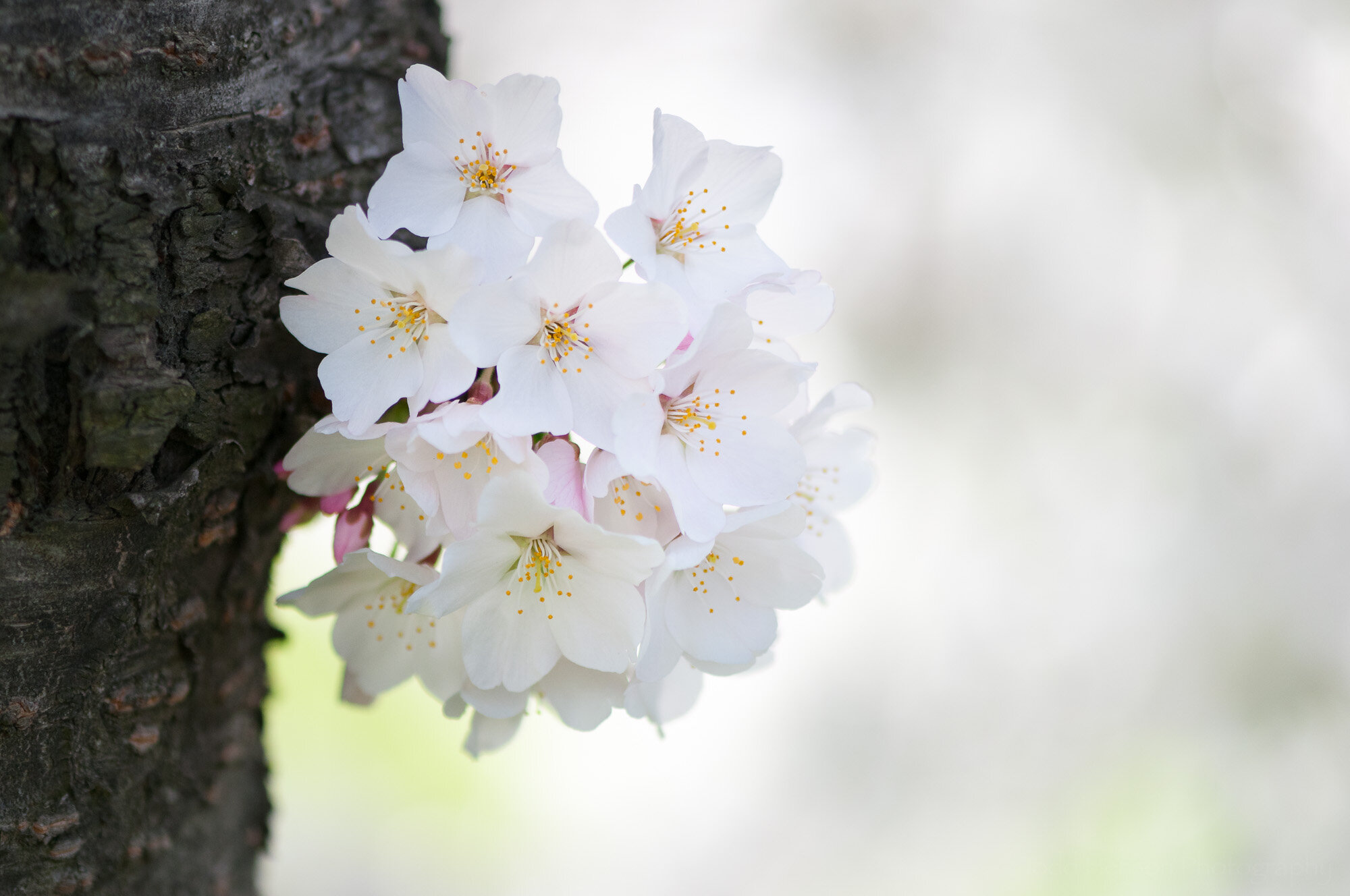
Lens and Still Life Examples
And just to help demonstrate this further we’ll take a step away from cherry blossoms and look at an example using some still life subjects. First, below is an example of what the aperture in the lens actually looks like at different f/stop values using a 50mm lens.
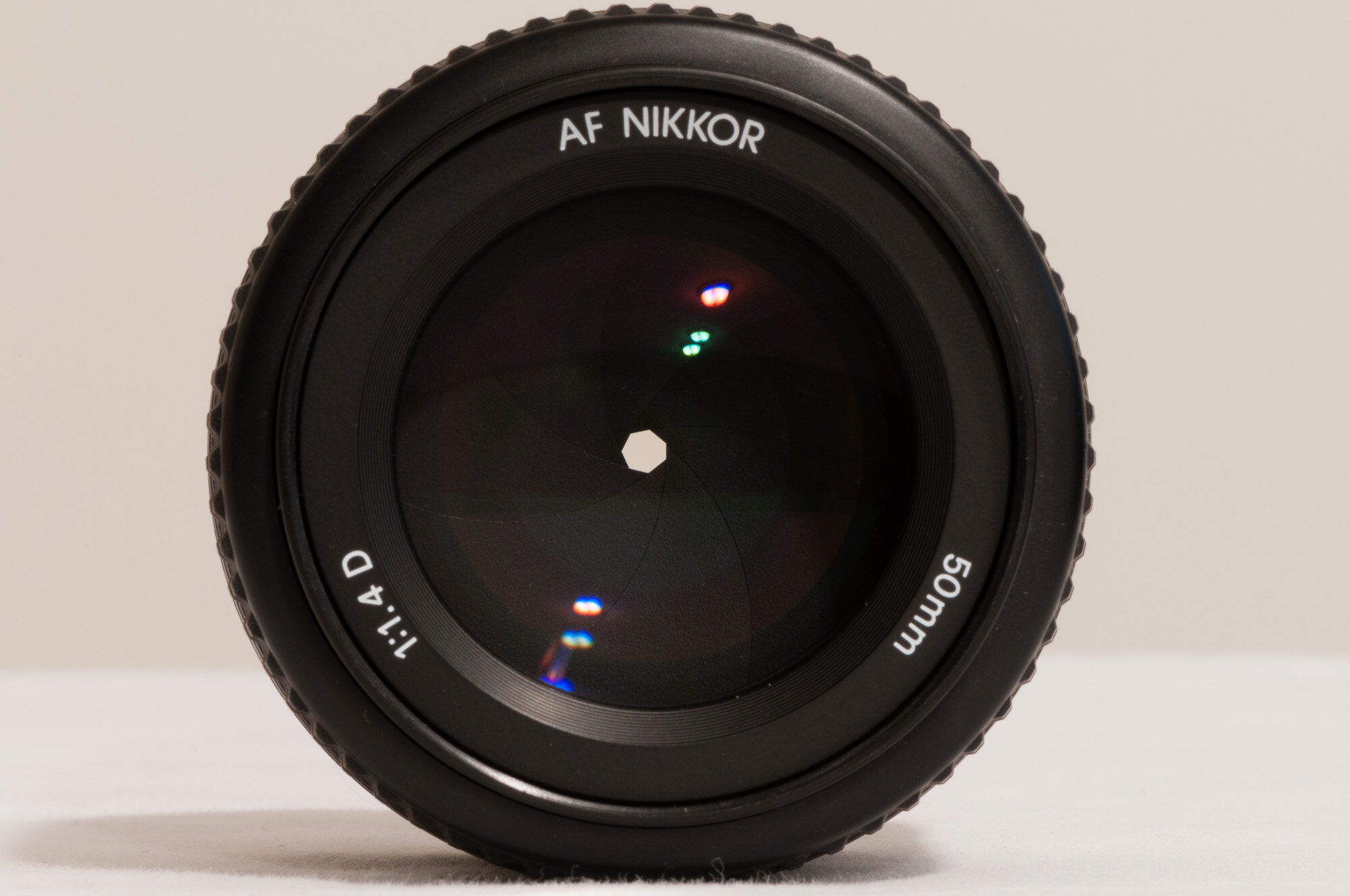
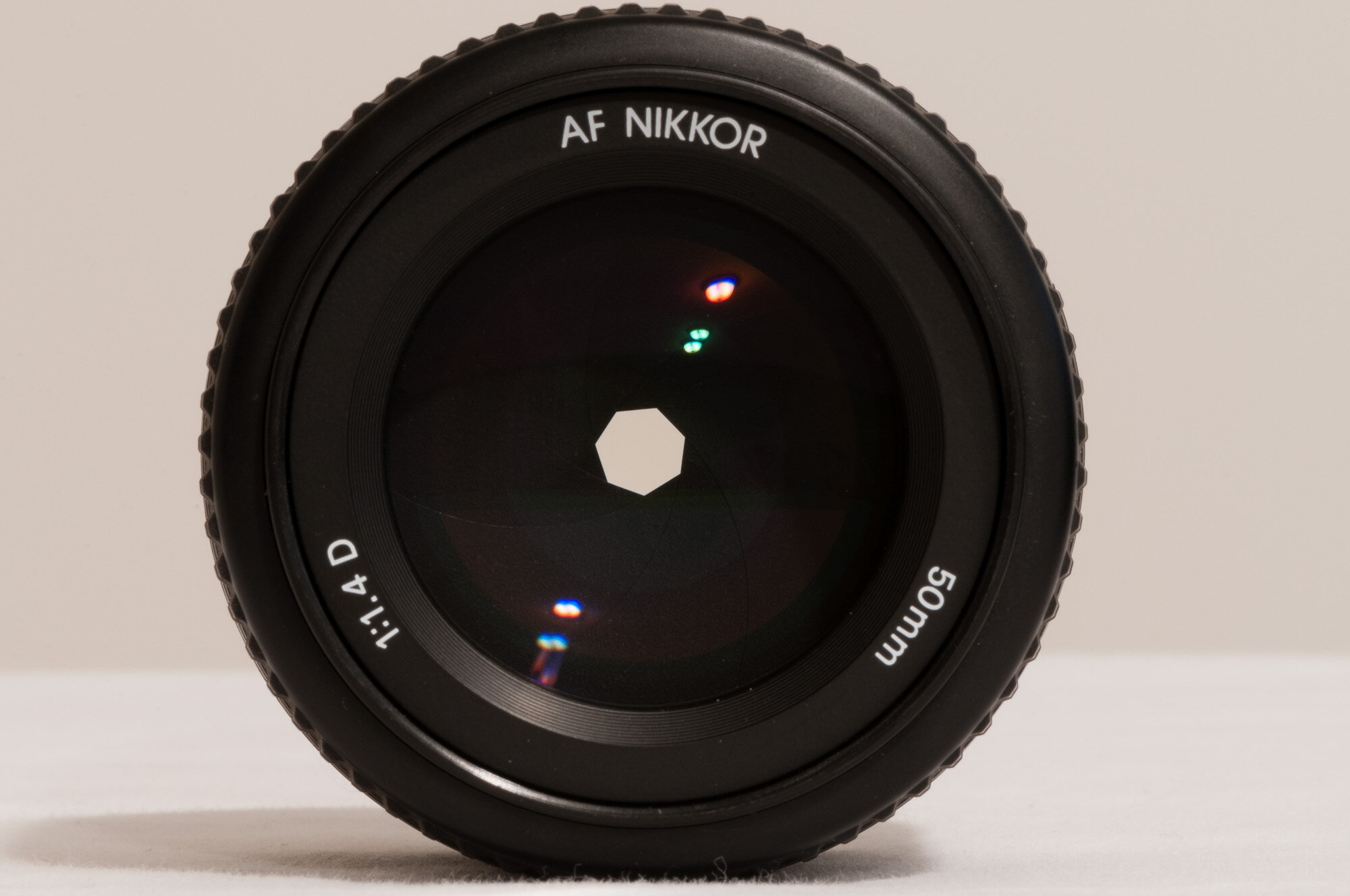

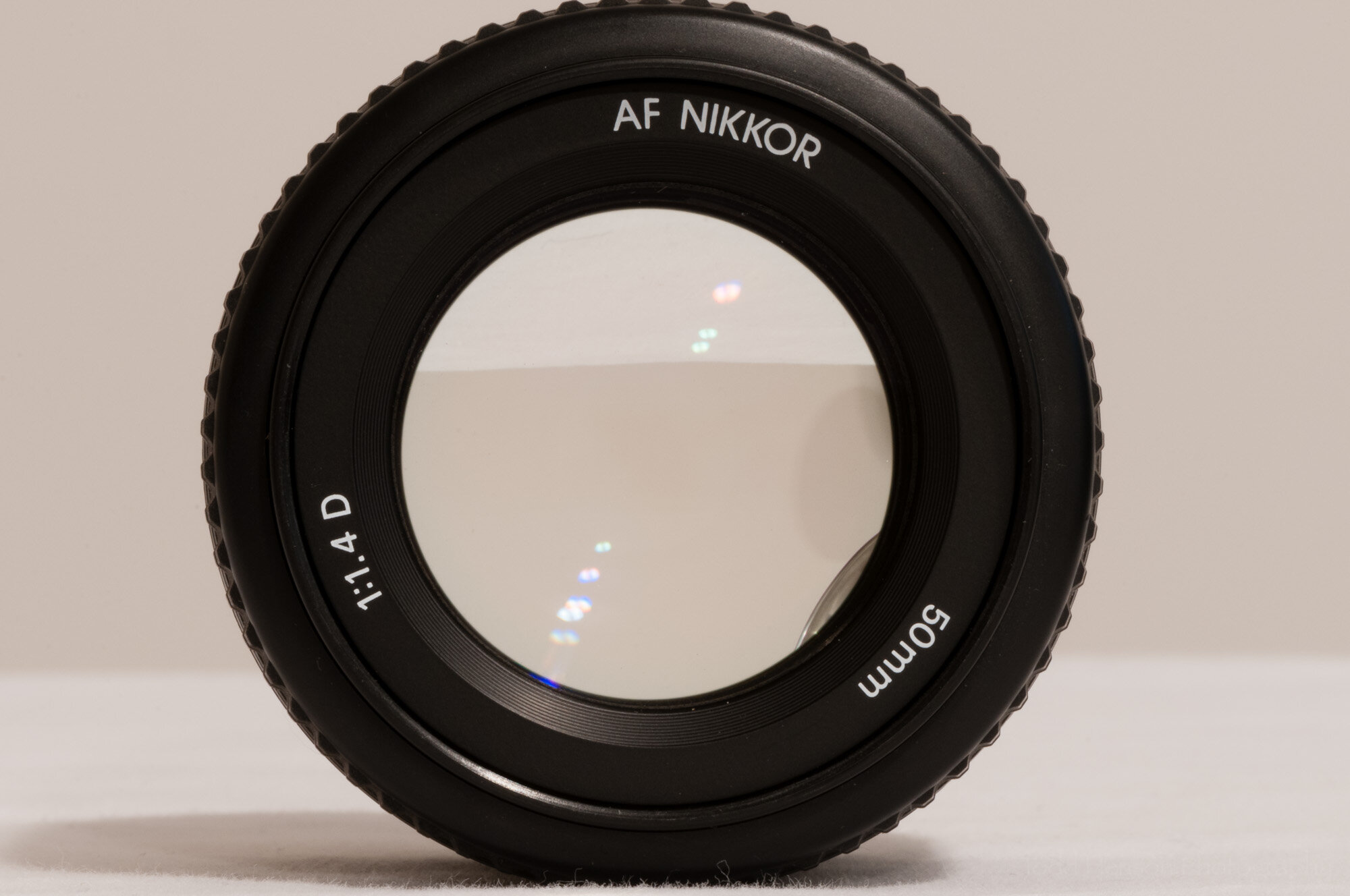
And now take a look at the still life examples where a photo was created at each aperture shown above. Step through both the lens photos above and the still life below so you can see how changing the aperture opening affects depth of field.
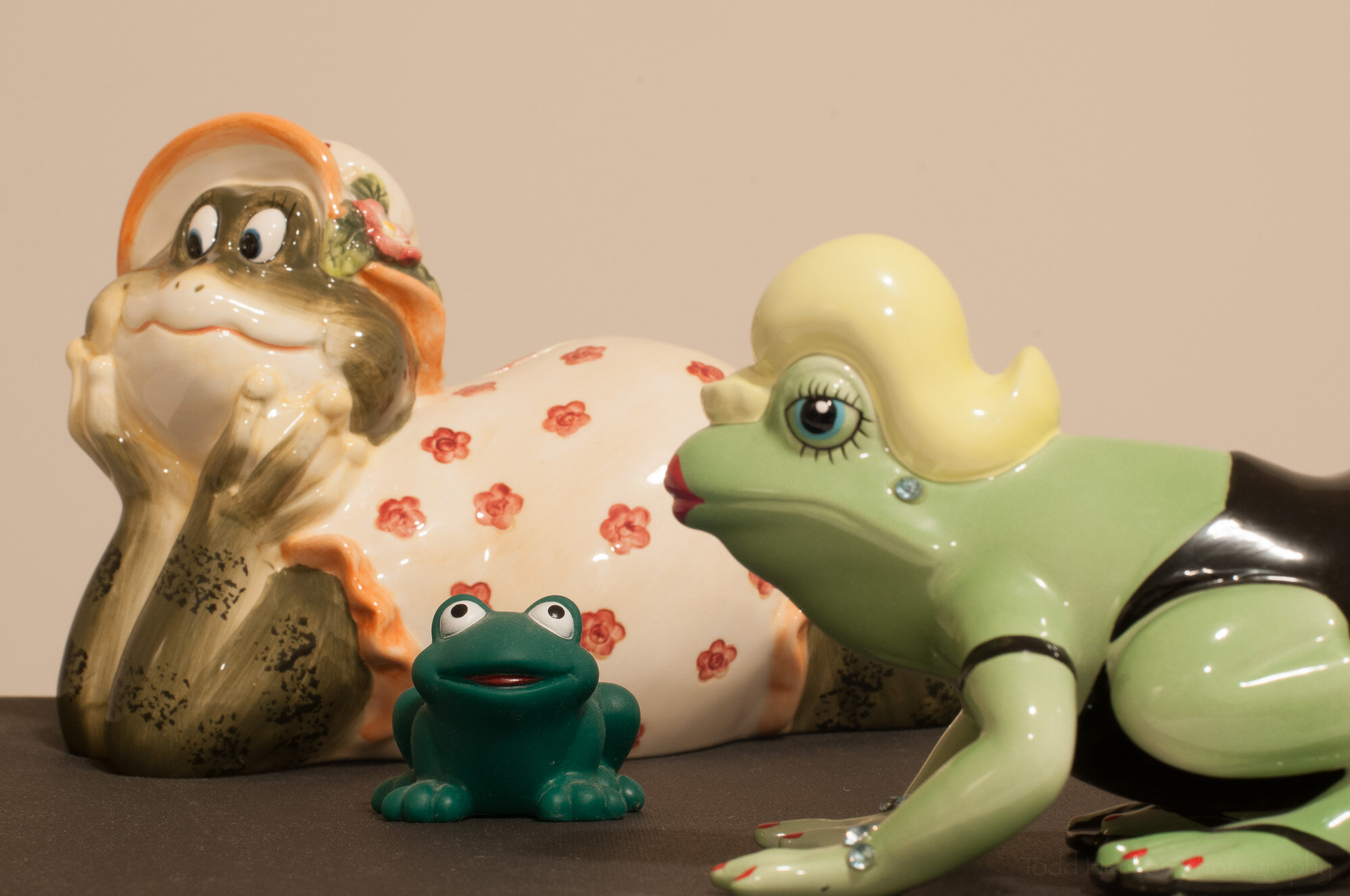
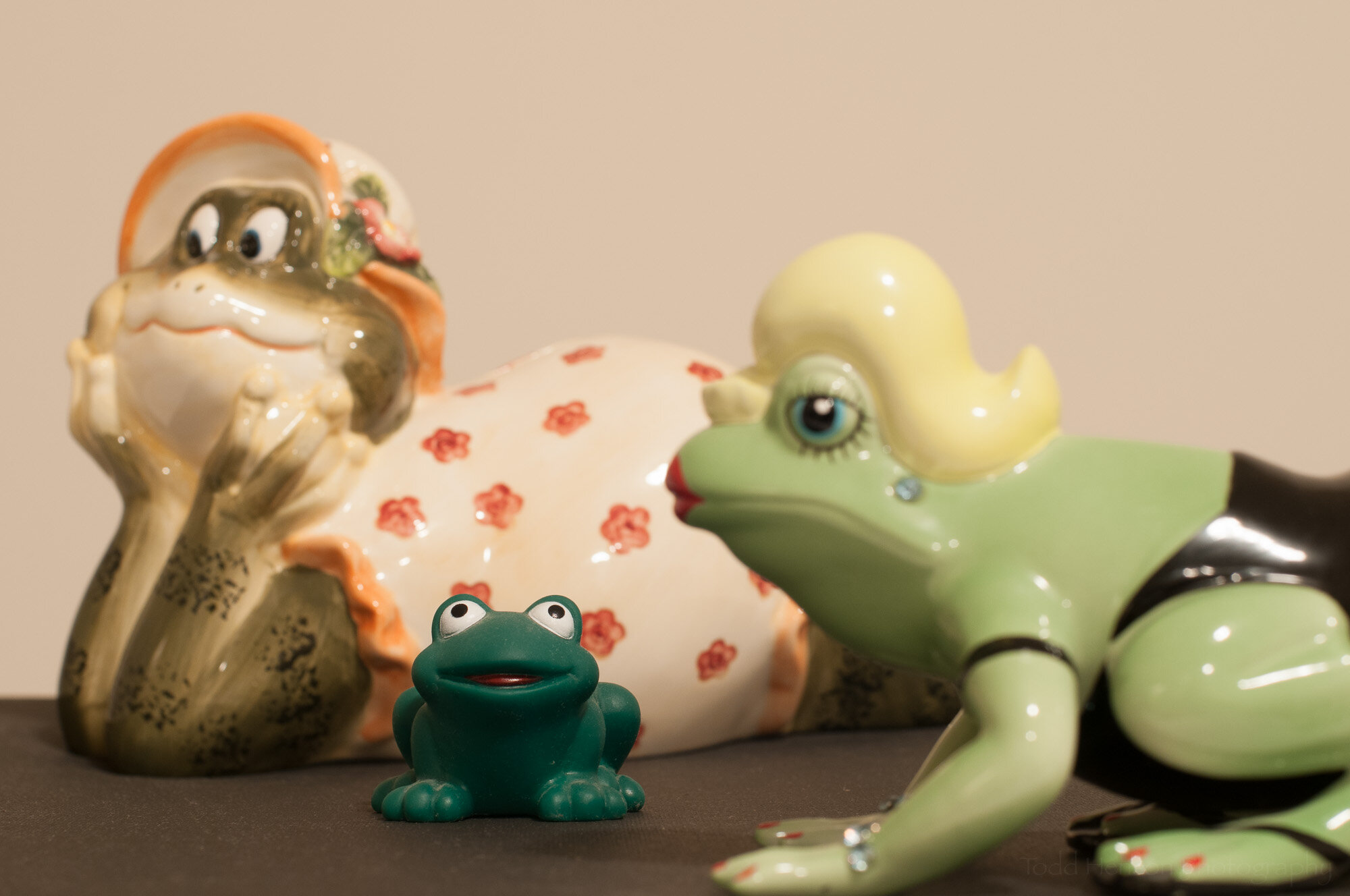
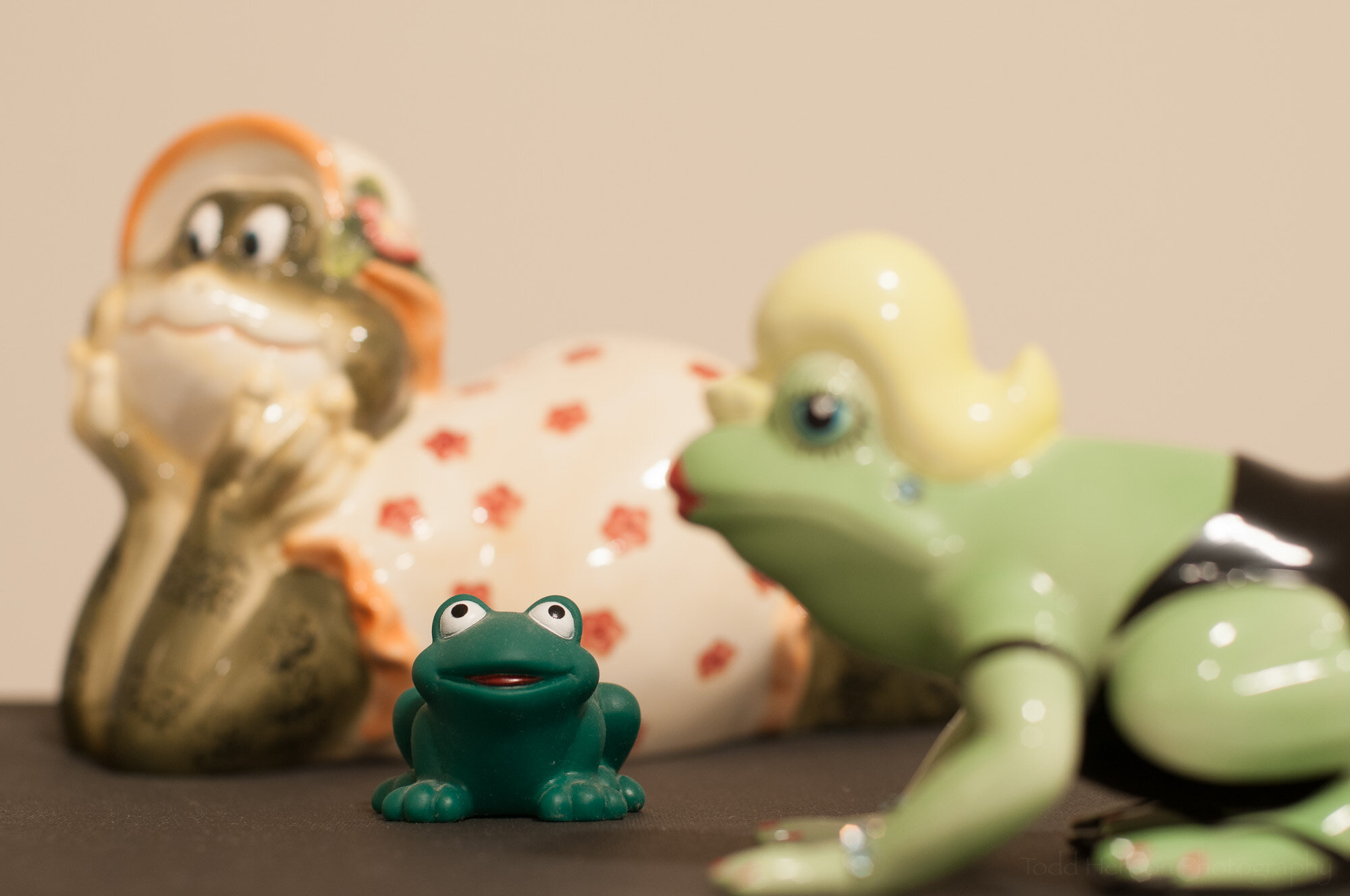
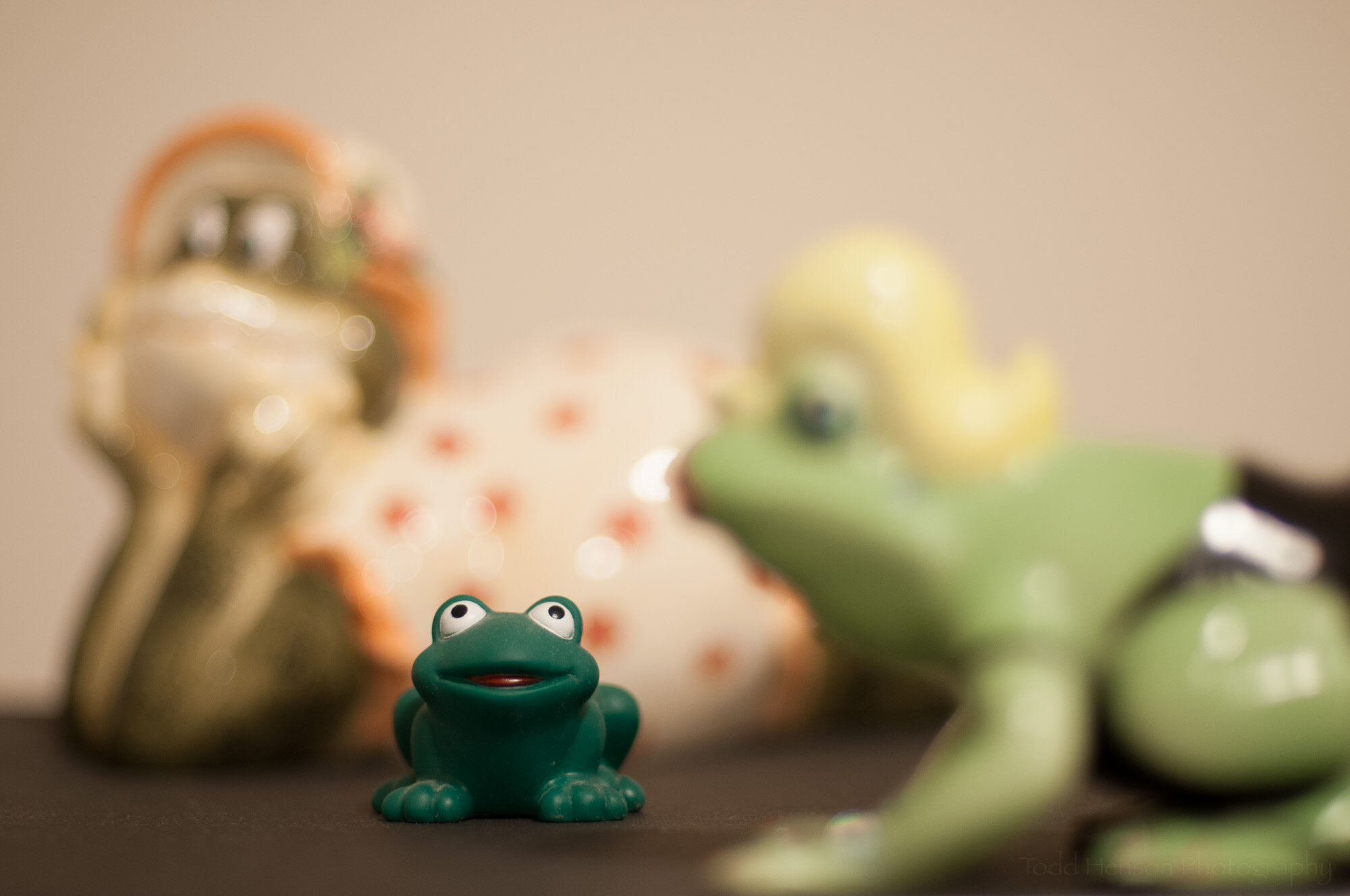
I hope this was helpful to some of you. Aperture is a great creative tool we have, so go out there and use it.
Do you enjoy these posts?
Sign up to receive periodic emails with updates and thoughts. Don’t worry, I won’t spam you. And please consider purchasing artwork or products from my online store, and using my affiliate links in the sidebar to the right when shopping online.
I appreciate your support!
